Transcription of Relation Classification via Convolutional Deep Neural Network
1 Relation Classification via Convolutional Deep Neural Network Daojian Zeng, Kang Liu, Siwei Lai, Guangyou Zhou and Jun Zhao National Laboratory of Pattern Recognition Institute of Automation, Chinese Academy of Sciences 95 Zhongguancun East Road, Beijing 100190, China Abstract The state-of-the-art methods used for Relation Classification are primarily based on statistical ma- chine learning, and their performance strongly depends on the quality of the extracted features. The extracted features are often derived from the output of pre-existing natural language process- ing (NLP) systems, which leads to the propagation of the errors in the existing tools and hinders the performance of these systems.
2 In this paper, we exploit a Convolutional deep Neural Network (DNN) to extract lexical and sentence level features. Our method takes all of the word tokens as input without complicated pre-processing. First, the word tokens are transformed to vectors by looking up word embeddings1 . Then, lexical level features are extracted according to the given nouns. Meanwhile, sentence level features are learned using a Convolutional approach. These two level features are concatenated to form the final extracted feature vector. Finally, the fea- tures are fed into a softmax classifier to predict the relationship between two marked nouns.
3 The experimental results demonstrate that our approach significantly outperforms the state-of-the-art methods. 1 Introduction The task of Relation Classification is to predict semantic relations between pairs of nominals and can be defined as follows: given a sentence S with the annotated pairs of nominals e1 and e2 , we aim to identify the relations between e1 and e2 (Hendrickx et al., 2010). There is considerable interest in automatic Relation Classification , both as an end in itself and as an intermediate step in a variety of NLP. applications. The most representative methods for Relation Classification use supervised paradigm; such methods have been shown to be effective and yield relatively high performance (Zelenko et al.)
4 , 2003; Bunescu and Mooney, 2005; Zhou et al., 2005; Mintz et al., 2009). Supervised approaches are further divided into feature-based methods and kernel-based methods. Feature-based methods use a set of features that are selected after performing textual analysis. They convert these features into symbolic IDs, which are then transformed into a vector using a paradigm that is similar to the bag-of-words model2 . Conversely, kernel-based methods require pre-processed input data in the form of parse trees (such as dependency parse trees). These approaches are effective because they leverage a large body of linguistic knowledge.
5 However, the extracted features or elaborately designed kernels are often derived from the output of pre- existing NLP systems, which leads to the propagation of the errors in the existing tools and hinders the performance of such systems (Bach and Badaskar, 2007). It is attractive to consider extracting features that are as independent from existing NLP tools as possible. To identify the relations between pairs of nominals, it is necessary to a skillfully combine lexical and sentence level clues from diverse syntactic and semantic structures in a sentence. For example, in the sentence The [fire]e1 inside WTC was caused by exploding [fuel]e2 , to identify that fire and fuel are in a This work is licenced under a Creative Commons Attribution International numbers and proceedings footer are added by the organizers.
6 License details: 1. A word embedding is a distributed representation for a word. For example, Collobert et al. (2011) use a 50-dimensional vector to represent a word. 2. model 2335. Proceedings of COLING 2014, the 25th International Conference on Computational Linguistics: Technical Papers, pages 2335 2344, Dublin, Ireland, August 23-29 2014. Cause-Effect relationship, we usually leverage the marked nouns and the meanings of the entire sentence. In this paper, we exploit a Convolutional DNN to extract lexical and sentence level features for Relation Classification .
7 Our method takes all of the word tokens as input without complicated pre-processing, such as Part-of-Speech (POS) tagging and syntactic parsing. First, all the word tokens are transformed into vectors by looking up word embeddings. Then, lexical level features are extracted according to the given nouns. Meanwhile, sentence level features are learned using a Convolutional approach. These two level features are concatenated to form the final extracted feature vector. Finally, the features are feed into a softmax classifier to predict the relationship between two marked nouns.
8 The idea of extracting features for NLP using Convolutional DNN was previously explored by Col- lobert et al. (2011), in the context of POS tagging, chunking (CHUNK), Named Entity Recogni- tion (NER) and Semantic Role Labeling (SRL). Our work shares similar intuition with that of Collobert et al. (2011). In (Collobert et al., 2011), all of the tasks are considered as the sequential labeling prob- lems in which each word in the input sentence is given a tag. However, our task, Relation Classification , can be considered a multi-class Classification problem, which results in a different objective function.
9 Moreover, Relation Classification is defined as assigning Relation labels to pairs of words. It is thus nec- essary to specify which pairs of words to which we expect to assign Relation labels. For that purpose, the position features (PF) are exploited to encode the relative distances to the target noun pairs. To the best of our knowledge, this work is the first example of using a Convolutional DNN for Relation Classification . The contributions of this paper can be summarized as follows. We explore the feasibility of performing Relation Classification without complicated NLP pre- processing.
10 A Convolutional DNN is employed to extract lexical and sentence level features. To specify pairs of words to which Relation labels should be assigned, position features are proposed to encode the relative distances to the target noun pairs in the Convolutional DNN. We conduct experiments using the SemEval-2010 Task 8 dataset. The experimental results demon- strate that the proposed position features are critical for Relation Classification . The extracted lexical and sentence level features are effective for Relation Classification . Our approach outperforms the state-of-the-art methods.
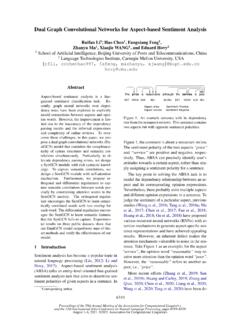
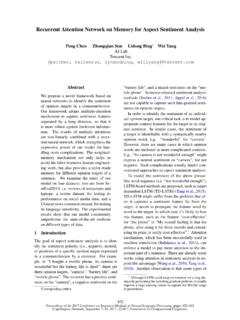
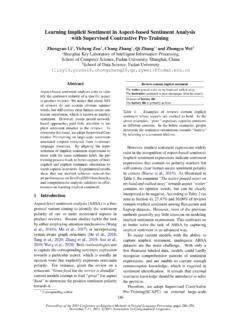
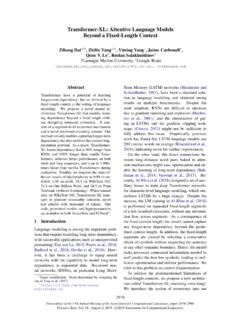
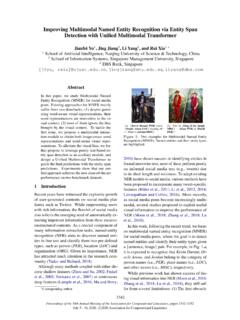
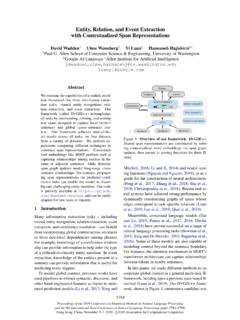
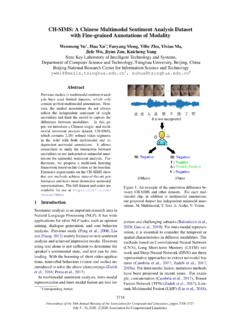
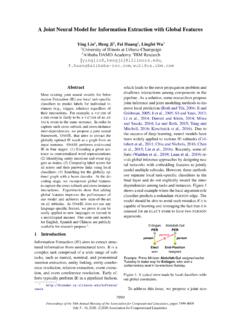
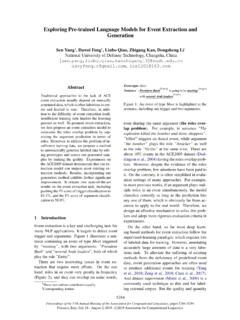
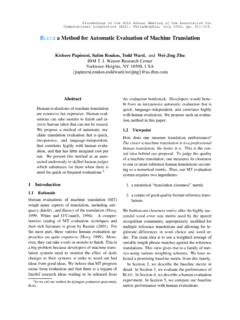
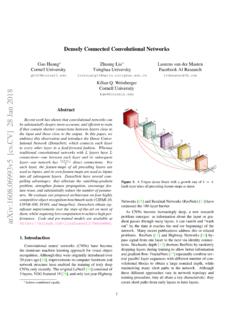
![Abstract arXiv:1411.4038v2 [cs.CV] 8 Mar 2015](/cache/preview/e/8/a/1/0/5/9/a/thumb-e8a1059a2748cde7ba3d756f44e4ca34.jpg)



